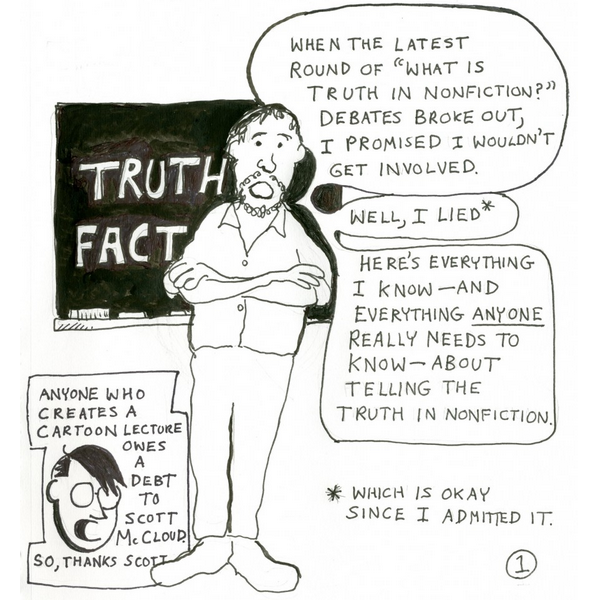When I began my journey as a writer, I was in high school. During our presentations in senior AP Literature, I would present articles I wrote and tell everyone I was going to be a journalist. My teacher, a resigned journalism major at Queens College, would nod and smile, with a certain way about her eyes that I now recognize as hope and admiration and perhaps pride. It was the innocence she admired, the fresh hope that was yet to be tainted with disappointment. The innocence of a high school student before stepping out into the real world and realizing that dreams are not fairy tales, but rather blood and sweat and grueling hours of mental breakdowns in front of blank pages.
My first day of classes, I walked into my journalism writing class and was told about the cold-hard facts I was meant to be taking down. The professor made it sound as though my voice, my adventure, my investment in a story had no business within the telling of it. I went back into my dorm, sat on my bed, propped open my laptop, and dropped the class. There was no place for me in journalism then.
I am reminded of my high school self. Fresh faced and excited about my future as a journalist. I remember her, shy and hidden within books at the library, I remember her quiet and afraid to speak. I am convinced that she was deluded. She was never going to be a journalist. I cannot help but be embarrassed for her because she was the only one that didn’t know that the world was not going to be nice—or easily conquered; because she stood in front of an entire class, smiling, and unknowing.
But that girl found something that did fit her. Something that she could mold and shape and throw herself into. Something that could mold and shape and grow in her.
The word journalism has such an edge to it. I’m a journalist. Official and authoritative. I’m a journalist: I’m a badass. While I don’t disagree, I am tentative of the title “Creative Writer”. The word creative seems like a compliment people give little kids when they get A’s for effort. “Oh, that’s very….creative.” And that’s what I think people sometimes feel when I tell them I’m a Creative Writing major. But I want to clarify that I am extremely defensive of this title. That when I say “I’m a Creative Writing major,” I also want to say “isn’t that great?” As in, isn’t it great that we have creative in our title? That we are shameless and proud and that creativity is cherished and admired and celebrated. Isn’t it great? Well, isn’t it?
Writing creatively is hard. It doesn’t have instructions or confines. Before you begin writing, you can’t say I’m going to get from A to B and I’ll be done, because on the way to B, you might get lost and find cooler paths that lead to places like C or M. And that’s alright, because in certain ways you are not guiding the work, it is guiding you.
In my non-fiction Creative Writing Workshop this semester, I found myself struggling with my research paper. I had absolutely no idea how to go about researching things in an interesting manner. I mean, I was no journalist. But as I got more into my subject matter, I grew excited. For my research, I had gone to a retreat somewhere downstate and written down journals describing my experiences, took recordings, and learned about the history of the place. I immersed myself in my research. The retreat had begun as an investment in experience, and after thinking more about it I decided it would serve dual purposes. Knowing that I was going to turn the experience into a story made it much more vivid for me. I was more alert to detail—awake to the beauty around me.
What had started as a dreaded assignment: how am I going to research something and make it relevant to my life? Turned into an eye opening journey. I actually enjoyed researching things. What? I came to realize that research could be fun, and the kind of research that I dislike is the kind that drones on with topics that are portrayed to be boring and uninteresting. The kind of research I enjoy consists of creativity, it allows information to be communicated and understood, while still being entertaining.
I guess the message here is that I was looking at journalism with a one-track mind. That maybe I just hadn’t learned about the beauty behind the cold-hard facts; the effort and adventures that are required to bring them about, before I decided they were not for me. But, I would not have learned that I like research without Creative Non-Fiction. In the end, this path has led me to discover many things about myself that I would not have known otherwise. There are freedoms in Creative Non-Fiction that allow for discovery and growth. Freedoms that relate to voice, structure and detail. This is not to say that journalism does not leave room for discovery and growth, but that different kinds of individuals find themselves comfortable in different kinds of structures. I am sure I will be researching plenty during my time as a writer—people, places, animals, science, and otherwise, but this research will be communicated in the ways I wish, not in structures that are forced upon me.
